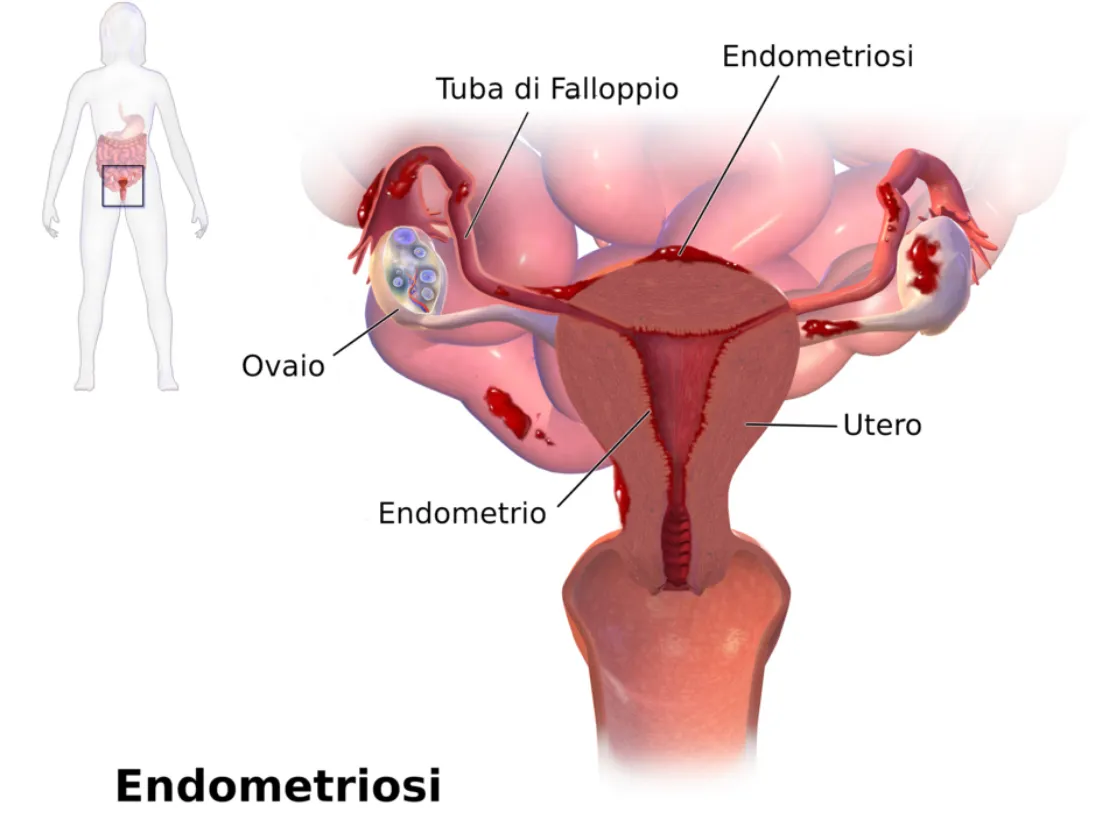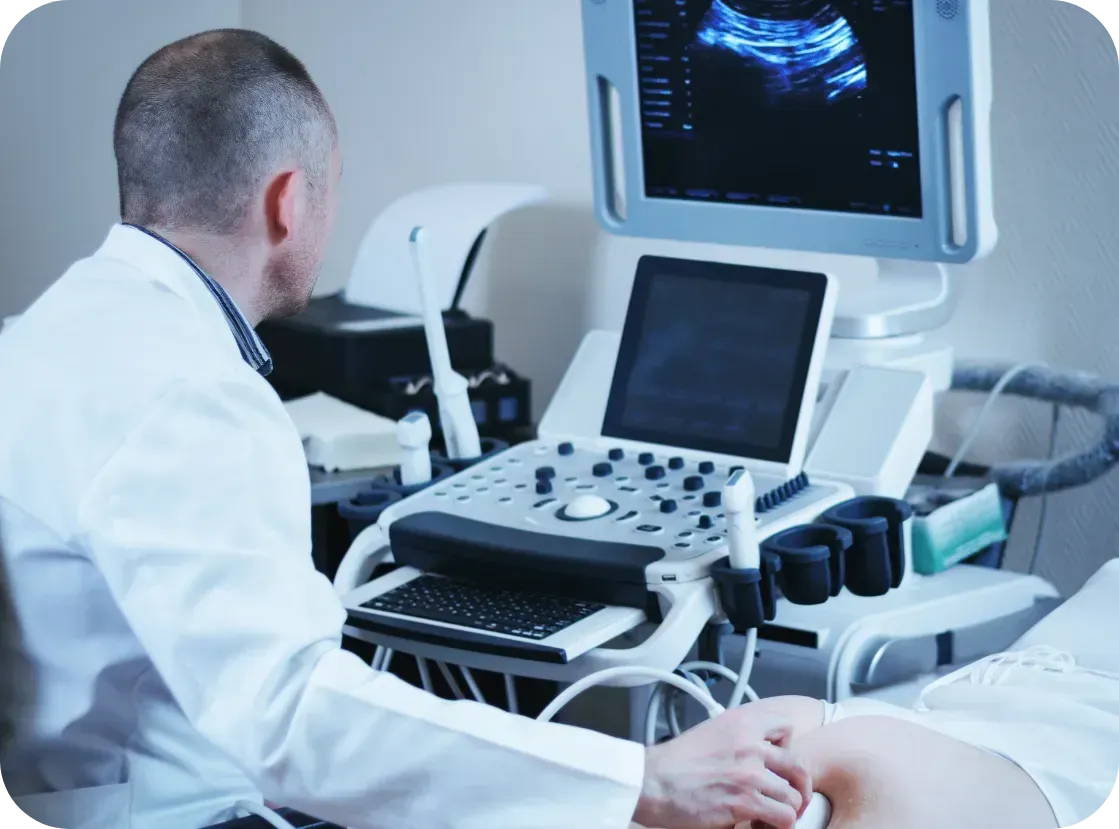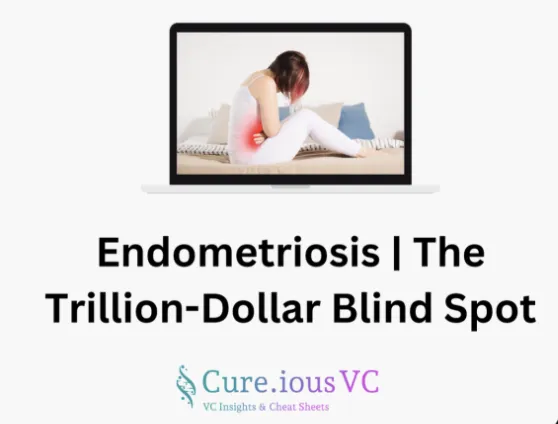Breaking the Silence: Why Endometriosis Took So Long to Be Taken Seriously
—and What’s Finally Changing
For millions of women around the world, the story of endometriosis is one of pain,
dismissal, and delay. But after decades of silence, the tide is beginning to turn.
Breaking the Silence:
Why Endometriosis Took So Long to Be Taken Seriously
—and What’s Finally Changing
For millions of women around the world, the story of endometriosis is one of pain,
dismissal, and delay. But after decades of silence, the tide is beginning to turn.
What Is Endometriosis—and Why Has It Been Ignored for So Long
Endometriosis is a chronic, often painful condition where tissue similar to the lining of the uterus grows outside the uterus—on the ovaries, fallopian tubes, pelvic lining, and sometimes even beyond. This tissue responds to hormonal changes, leading to inflammation, scarring, and severe pain.
Despite affecting roughly 1 in 10 women of reproductive age worldwide, endometriosis has historically been misunderstood, underdiagnosed, and mistreated.
World Health Organization Fact Sheet on Endometriosis:
https://www.who.int/news-room/fact-sheets/detail/endometriosis

The Average Time to Diagnosis? Still Over 7 Years.
That’s not a typo. On average, it takes 7 to 10 years from the first symptoms to a correct diagnosis. Why?
• Symptoms are often normalized: Severe period pain? “Just part of being a woman.”
• Lack of non-invasive testing: Diagnosis has long relied on laparoscopic surgery.
• Medical gaps: Many healthcare providers, including OB-GYN’s, receive limited training in gynecologic pain conditions.
NIH: Delays in Endometriosis Diagnosis: https://pubmed.ncbi.nlm.nih.gov/32147966/
What Are the Symptoms of Endometriosis?

Every woman’s experience is different, but some of the most common symptoms include:
• Intense pelvic or abdominal pain
• Pain during or after sex
• Heavy or irregular periods
• Chronic fatigue
• Gastrointestinal issues like bloating, nausea, or constipation
• Infertility or difficulty conceiving
What’s Finally Changing?
Promising Breakthroughs (2024–2025)
New Diagnostic Tools
• MicroRNA panels and blood-based biomarkers are showing promise as non-invasive ways to detect endometriosis earlier.
• Advanced imaging like high-resolution MRI and ultrasound with specialized protocols are helping detect lesions more reliably.
Endometriosis Foundation: Emerging Research: https://www.endofound.org/news-research
PubMed: Biomarkers in Endometriosis: https://pubmed.ncbi.nlm.nih.gov/30807918/
AI & Machine Learning
Artificial intelligence is being trained to analyze symptom patterns, scan images, and even detect potential markers in menstrual blood—offering hope for faster, more accurate screening in the near future.
More Funding and Advocacy
• Governments and nonprofits are increasing research grants.
• Social media and support groups are amplifying women’s voices and experiences.
• Healthcare providers are receiving more training in pelvic pain and minimally invasive surgical options like excision surgery.

What This Means for You (or Someone You Love)
Faster, less invasive diagnosis is on the horizon.
Women are being believed and supported more than ever.
With better understanding comes more targeted treatment options, like hormonal therapies, dietary approaches, pelvic floor therapy, and expert excision surgery.
What You Can Do Right Now
1. Track your symptoms: Keep a daily journal of pain, mood, fatigue, and cycle details.
2. Advocate for yourself: Ask your doctor about excision surgery vs. ablation. A specialist is necessary for proper endometriosis care. Unfortunately, your typical OB-GYN is not an endometriosis or excision specialist.
3. Get support: You're not alone. Online communities and advocacy organizations offer connection and practical help.
Nancy’s Nook Endometriosis Education Group: https://www.facebook.com/groups/NancysNookEndoEd
Center for Endometriosis Care: https://www.centerforendo.com/
Why This Matters
Endometriosis is a whole-body disease that can affect a woman’s physical, emotional, and reproductive health. We are just starting to make some noise & bring attention to this disease and other hormonal diseases related to it.
“The future of women’s health is shifting—but only if we keep raising our voices.”
What Is Endometriosis—and Why Has It Been Ignored for So Long
Endometriosis is a chronic, often painful condition where tissue similar to the lining of the uterus grows outside the uterus—on the ovaries, fallopian tubes, pelvic lining, and sometimes even beyond. This tissue responds to hormonal changes, leading to inflammation, scarring, and severe pain.
Despite affecting roughly 1 in 10 women of reproductive age worldwide, endometriosis has historically been misunderstood, underdiagnosed, and mistreated.
World Health Organization Fact Sheet on Endometriosis:
https://www.who.int/news-room/fact-sheets/detail/endometriosis

The Average Time to Diagnosis? Still Over 7 Years.
That’s not a typo. On average, it takes 7 to 10 years from the first symptoms to a correct diagnosis. Why?
• Symptoms are often normalized: Severe period pain? “Just part of being a woman.”
• Lack of non-invasive testing: Diagnosis has long relied on laparoscopic surgery.
• Medical gaps: Many healthcare providers, including OB-GYN’s, receive limited training in gynecologic pain conditions.
NIH: Delays in Endometriosis Diagnosis: https://pubmed.ncbi.nlm.nih.gov/32147966/
What Are the Symptoms of Endometriosis?

Every woman’s experience is different, but some of the most common symptoms include:
• Intense pelvic or abdominal pain
• Pain during or after sex
• Heavy or irregular periods
• Chronic fatigue
• Gastrointestinal issues like bloating, nausea, or constipation
• Infertility or difficulty conceiving
What’s Finally Changing?
Promising Breakthroughs (2024–2025)
New Diagnostic Tools
• MicroRNA panels and blood-based biomarkers are showing promise as non-invasive ways to detect endometriosis earlier.
• Advanced imaging like high-resolution MRI and ultrasound with specialized protocols are helping detect lesions more reliably.
Endometriosis Foundation: Emerging Research: https://www.endofound.org/news-research
PubMed: Biomarkers in Endometriosis: https://pubmed.ncbi.nlm.nih.gov/30807918/
AI & Machine Learning
Artificial intelligence is being trained to analyze symptom patterns, scan images, and even detect potential markers in menstrual blood—offering hope for faster, more accurate screening in the near future.
More Funding and Advocacy
• Governments and nonprofits are increasing research grants.
• Social media and support groups are amplifying women’s voices and experiences.
• Healthcare providers are receiving more training in pelvic pain and minimally invasive surgical options like excision surgery.

What This Means for You (or Someone You Love)
Faster, less invasive diagnosis is on the horizon.
Women are being believed and supported more than ever.
With better understanding comes more targeted treatment options, like hormonal therapies, dietary approaches, pelvic floor therapy, and expert excision surgery.
What You Can Do Right Now
1. Track your symptoms: Keep a daily journal of pain, mood, fatigue, and cycle details.
2. Advocate for yourself: Ask your doctor about excision surgery vs. ablation. A specialist is necessary for proper endometriosis care. Unfortunately, your typical OB-GYN is not an endometriosis or excision specialist.
3. Get support: You're not alone. Online communities and advocacy organizations offer connection and practical help.
Nancy’s Nook Endometriosis Education Group: https://www.facebook.com/groups/NancysNookEndoEd
Center for Endometriosis Care: https://www.centerforendo.com/
Why This Matters
Endometriosis is a whole-body disease that can affect a woman’s physical, emotional, and reproductive health. We are just starting to make some noise & bring attention to this disease and other hormonal diseases related to it.
“The future of women’s health is shifting—but only if we keep raising our voices.”
Join Us: Make a Difference Today
Your support can transform lives. Every donation helps us fund research, advocate for better care, and provide essential grants to women facing debilitating conditions.
Join Us: Make a Difference Today
Your support can transform lives. Every donation helps us fund research, advocate for better care, and provide essential grants to women facing debilitating conditions.

Endometriosis: The Overlooked Frontier in Women’s Health Innovation

Sharing a post originally written by Dr. Luka Nićin (VC at Pace Ventures | PhD in Molecular Medicine | MBA in Biotech Strategy). Whether your motivation is compassion, easing the pain of someone you love, or even pure capitalism—we see you, and we applaud the work you’re doing to raise awareness and push for answers. Let’s keep making noise together. -Kara
"1 in 10 women. 7–10 years to diagnosis. $100B+ annual economic burden.
That’s endometriosis.
And yet it’s historically received less than 0.1% of NIH funding compared to cancer or cardiovascular disease.
Women’s pain hasn’t just been ignored — it’s been systematically underinvested in.
The opportunity?
1. Therapeutics beyond blunt hormonal tools.
2. Diagnostics that cut a decade-long delay to months.
3. Digital biomarkers that finally personalize care.
4. Fertility crossover where payers and employers are already spending.
The women’s health market isn’t niche. It’s half the population.
Endometriosis isn’t only an unmet need. It’s a generational venture opportunity hiding in plain sight.
Let’s get real.
For decades, women’s pain has been treated as background noise.
Dismissed. Normalized. Ignored.
Endometriosis is the perfect case study. It affects 1 in 10 women of reproductive age. Diagnosis takes an average of 7–10 years. Current treatments are outdated, invasive, or woefully inadequate. And yet: endometriosis research has historically received less than 0.1% of NIH funding compared to cancer or cardiovascular disease.
This isn’t just a moral failure. It’s a market failure.
Why It’s Underfunded
Bias baked into science. Women were excluded from most clinical trials until the 1990s. We’re still living with the hangover.
Symptoms dismissed. Pain, fatigue, infertility? Too often chalked up as “psychological” or “part of being a woman.” That stigma slowed research, trials, and drug approvals.
Fragmented patient voice. Endo patients don’t die quickly, they suffer chronically. Chronic suffering doesn’t mobilize lobbying dollars like mortality does.
The result: a $100B+ annual economic burden (missed work, failed fertility treatments, repeat surgeries) with barely a handful of commercial therapies in market.
Where the Opportunity Lies
Novel therapeutics. Hormone modulators and non-hormonal targets are only scratching the surface. There’s room for precision medicines, immune-modulating therapies, and gene-driven discovery.
Diagnostics. Non-invasive, early detection tools would collapse that 10-year diagnostic delay — creating the wedge for earlier intervention and better trial design.
Digital biomarkers + AI. Tracking pain patterns, symptom clusters, and treatment responses at population scale can finally personalize therapy.
Fertility crossover. Endo sits at the intersection of women’s health and reproductive medicine — a convergence where payers, employers, and governments are finally willing to spend.
Why This Is Venture-Scale
The women’s health market is not “niche.” It’s half the population.
Endometriosis alone represents a multi-hundred-billion-dollar global TAM — hidden in missed GDP, avoidable surgeries, wasted spend. As stigma collapses and capital flows (see Melinda Gates’ $100M push into women’s health research), this space will mint new category leaders.
And unlike overfunded areas where 20 startups chase the same GLP-1 or the same AI scribes, here the greenfield is wide open. The first company to deliver real, scalable relief for women’s chronic pain will not just be a unicorn — it will be a generational company.
The Bottom Line
Endometriosis is not just an unmet need. It’s among the largest overlooked commercial opportunity in healthcare.
The science is catching up. The stigma is breaking. The capital is starting to flow.
For founders: this is your moment to define the wedge. For VCs: this is your chance to be early, not late.
Women’s pain is no longer invisible. The only question is: who’s going to build the next giant by finally taking it seriously?"
